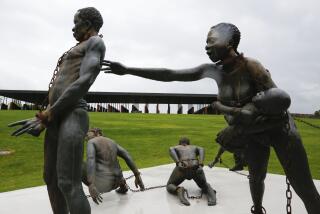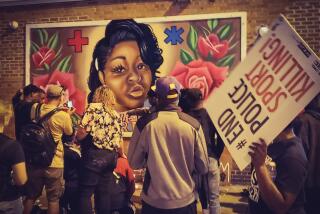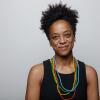A nation’s ruptures seen up close: Wesley Lowery’s ‘They Can’t Kill Us All’
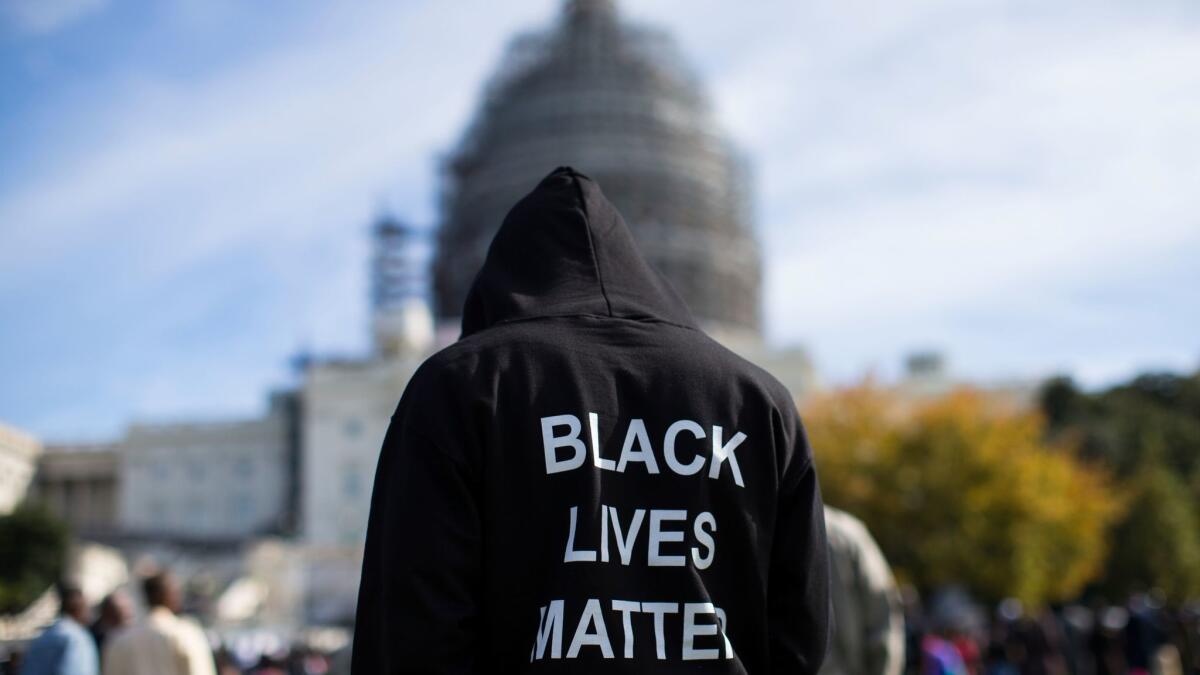
In the weeks since Donald Trump was elected president of the United States, many of us who work in media — particularly those of us who are black or brown — have questioned the role we may have played in sensationalizing the already sensationalized story of Trump and the terrible, horrible, no good campaign of 2016, as well as our own moral obligation moving forward as conveyors of truth and insight under an administration that promotes white supremacy. How do we ensure that the past two years of organizing and activism in the fight for racial justice are not lost? While it may not provide us with concrete answers, Wesley Lowery’s “They Can’t Kill Us All” does, at the very least, empathize.
With his first book, Lowery, a national reporter for the Washington Post, offers a first-person account of the two years following the fatal shooting of Mike Brown in Ferguson, Mo., in 2014 and the activism it invoked. Lowery zigzags from Ferguson, to Cleveland, to Charleston and New York City in an effort to create a backdrop that captures the riots, the grief, the tear gas and the emotional upheaval in places around the country that became markers of modern-day lynchings in near lockstep.
At its best, “They Can’t Kill Us All” reads like the (often messy) anatomy of a national uprising in the wake of extraordinary black pain — a forced reconciliation with an already deep distrust of the police by black America, and a justice system that is meant to protect and serve us all. “Ferguson would birth a movement and set the nation on a course for a still-ongoing public hearing on race that stretched far past the killing of unarmed residents — from daily policing to confederate imagery to respectability politics to cultural appropriation,” writes Lowery. “The social justice movement spawned from Mike Brown’s blood would force city after city to grapple with its own fraught histories of race and policing.”
While stunning in the blunt gravity of facts regarding the killings of innocent black boys and men by police, the book only adds texture and nuance to this narrative if you haven’t been paying attention.
In the book’s introduction, Lowery shares the story of his own arrest while camped out with other reporters at a McDonald’s in Ferguson two days after Brown was shot — his subsequent jail time (20 minutes, despite threats from the arresting officers), and his struggle to find where he belonged in the overarching Black Lives movement as a black man and a journalist whose “fundamental professional obligation was to fairness and truth.” From there we are immersed in the details — the first time Lowery saw Michael Brown’s name (on Instagram), the viral video footage of Brown’s dead body lying in the street, the CNN headlines, eyewitness accounts, the pulse of a city shaken and raw as its historic protest begins to take shape, and the long wait for a grand jury indictment of Darren Wilson, the officer who shot Brown, that would never come.
Soon we are introduced to Johnetta Elzie, known as “Netta,” a “day one” protester who was among the most visible activists on the ground in the early days of Ferguson’s unrest. Lowery effectively provides a solid profile of Netta’s background — raised in St. Louis by a single mother who paid for Netta’s private-school education with money earned at her self-owned and operated beauty salon — her distrust of the media, and the impetus for her racial justice work. But he tells us little about who she actually is, beyond her “frank declaration and piercing facial expressions.”
We also meet DeRay McKesson, the notorious blue Patagonia vest wearing school administrator turned celebrity activist turned mayoral candidate, whose charisma and ubiquity on Twitter and mainstream media during the first few months in Ferguson was undeniable. Lowery paints a generous portrait of McKesson, one gets the sense because it’s in his best interest to do so: “To Know DeRay is to be DeRay’s friend — he will have it no other way. He has kept the phone number of almost every person he has ever met. He name-drops, not in the grating way of a Capitol Hill intern or a career-climbing Beltway reporter, but with the earnestness of someone who can’t fathom that you, too, don’t know every person imaginable.”
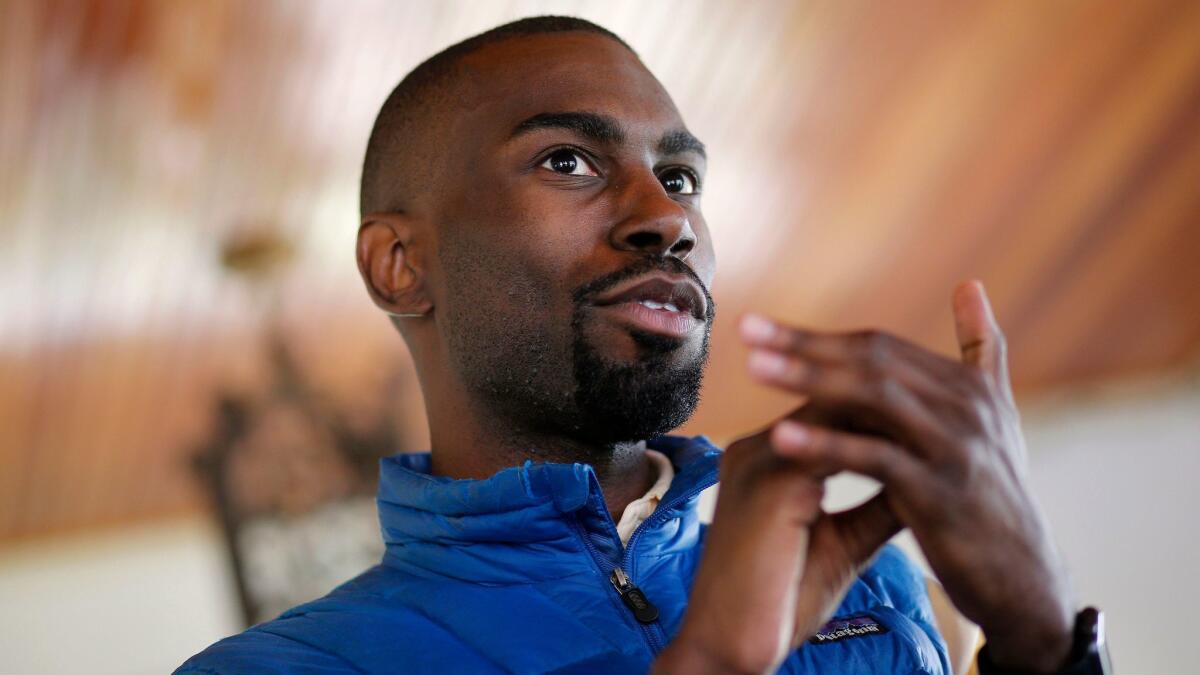
Later there is Brittany Packnett, then executive director of Teach for America in St. Louis, and who together with Elzie, McKesson and Justin Hansford, a law professor at St. Louis University, created, wrote and distributed the Ferguson Protester newsletter via social media, which at its height of circulation had over 20,000 readers.
Lowery points to the acquittal of George Zimmerman, a neighborhood watch coordinator in Sanford, Fla., who shot and killed a black teenager, Trayvon Martin, in 2012, as the official prompt for the creation of Black Lives Matter by Alicia Garza, Patrisse Cullors and Opal Tometi, although things get very complicated after that. “Black Lives Matter was now a widely adopted slogan, a ‘movement,’ and its own organization — but that nuance and complication were lacking from nearly all the media coverage, due in part to laziness but in fact more likely because at that point in the quickly moving story of unrest in Ferguson, few reporters — myself included — could accurately grasp what exactly was happening.”
He seems ... lost in the mayhem of black death, police violence and the legacy of virulent racism.... Maybe that’s the point. It’s about the emotional mayhem.
— Rebecca Carroll on “They Can’t Kill Us All”
And while filled with some compelling anecdotes and considerable detail throughout, the book does little to explain what exactly was happening. Lowery, who warns early on that he “wrote this book from the messy notes I compiled as I reported, by looking back at what I wrote in the Washington Post, and from hundreds of interviews,” does not aim for a linear path through the chaos. He seems as lost in the mayhem of black death, police violence and the legacy of virulent racism as both the people on the ground and those of us reading through these pages. Maybe that’s the point. It’s about the emotional mayhem.
Lowery learned that 12-year-old Tamir Rice had been shot and killed by police via text message from a childhood friend who still lived in Cleveland, where Lowery grew up. In between trips back and forth between Washington, D.C., and Ferguson, while simultaneously hearing news that the New York City officer who employed the chokehold that killed Eric Garner would not be charged, Lowery flew home to Cleveland to cover the protests erupting over Rice’s death. Here is the only time in the book that we get a brief glimpse into Lowery’s own personal experience with race.
The oldest of three boys born to a white mother and black father, Lowery seems both hesitant and boastful regarding his racial identity. “Growing up, we didn’t speak directly about race often in our house, but my parents made certain that my two younger brothers and I knew who we were, and where we came from,” writes Lowery. “Each of us carried a Swahili middle name. It’s hard to doubt your blackness with a middle name like Jabari, which means ‘the bravest.’” Incidentally, there is no indication in the book that either of his parents, who are both American, have ties to any of the African countries where Swahili is spoken (which is not to cast judgment; I myself am a black American parent who gave my child an African name).
Lowery includes other capsule-character stories such as that of Bree Newsome, the North Carolina activist who traveled to South Carolina after the racially motivated massacre of nine black worshipers by a lone white gunman at the Emmanuel African Methodist Episcopal Church in downtown Charleston, to scale the pole in front of the statehouse in order to remove the Confederate battle flag. Several pages are dedicated to Shaun King, the life coach turned activist, and now columnist for the New York Daily News, who became embroiled in controversy when he was publicly questioned about whether the thousands of dollars he raised for the Rice family was authorized, about which Lowery writes:
“The controversy was crafted in part due to the media’s unique discomfort with activists who cross into journalism, as well as the public’s deep skepticism about online fundraising … That skepticism was sometimes encouraged by King’s own statements and behavior. But it was also, no doubt, further emboldened by the prejudicial thinking that tells us that this bold black man yelling to the crowds must be lying — about something.”
The problem with that argument is that King, who like Lowery, is light-skinned and biracial but identifies as black, doesn’t read so much as a “black man yelling to the crowds.” As it turns out, King’s racial identity is a rather storied bone of contention for some, with conservative websites such as Breitbart and the Daily Caller going to great lengths to prove that King is not black at all and has been lying about his race.
It’s not that King isn’t or can’t be black (again, full disclosure, I am a medium-hued biracial woman who black identifies, and my husband is white, so our son is very light-skinned, but identifies as both mixed and black — and I encourage him to do so; still, the first thing he said after Mike Brown got shot was: “Mom, are you gonna get shot?” not “Am I gonna get shot?” … he asked that next), it’s that there is so little allowance for an uncomfortable moment of self-awareness. In other words, it might have been more interesting if Lowery’s book acknowledged that while he and King are both light-skinned and black, they are not seen in the same way that Martin, Brown and Rice were seen. Particularly given the casual yet vivid observation made by Netta when she first meets Lowery: “I mean, I know you said you were light-skinned, but you didn’t say you were this light-skinned!” Optics matter.
Ultimately, though, every page of “They Can’t Kill Us All” is about the struggle with a capital S — where we fit, who we are and how we process, identify, fight, push and manage a racialized America at a time when black skin signals to the police their right to murder without hesitation or consequence. That is relentlessly gutting and confounding stuff to live with on a daily basis — for which perhaps the only solace is that they can’t kill us all.
Carroll is editor of special projects at WNYC radio in New York and a producer of the Brooklyn gentrification podcast “There Goes the Neighborhood.” Her opinion writing and cultural essays have appeared in New York magazine, Harper’s Bazaar and Esquire, among others, and she is the author of several books of narrative nonfiction about race in the United States. She is one of The Times’ critics at large.
::
By Wesley Lowery
Little, Brown and Co.: 256 pp., $27
More to Read
Sign up for our Book Club newsletter
Get the latest news, events and more from the Los Angeles Times Book Club, and help us get L.A. reading and talking.
You may occasionally receive promotional content from the Los Angeles Times.
